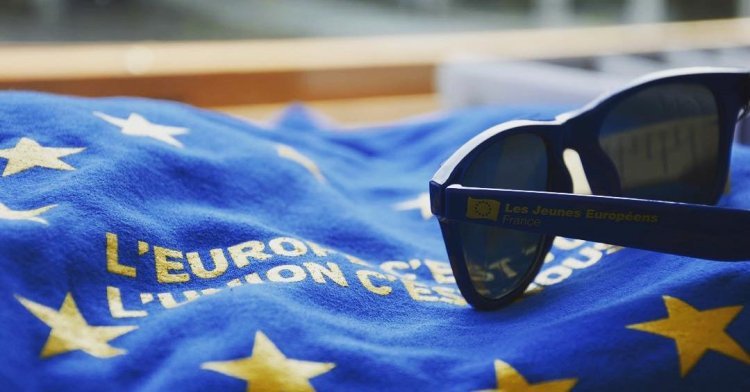This Eastern Partnership initiative was inaugurated on 7 May 2009 with the Prague Eastern Partnership Summit. The main goal of the initiative is to improve bilateral relations, integration in the EU economy, enhance mobility (visa regulation) and energy security and supporting economic and social development among others.
The Eastern Partnership offers the countries a privileged relationship with the EU, but doesn’t contain an accession perspective. However, this possibility hasn’t been completely excluded either. It alleviates the worries of Russia and simultaneously offers an alternative to accession for the neighbourhood countries.
In the recent past several events warned European policymakers that they couldn’t rely too heavily on Russia as a trustworthy partner.
Nonetheless the enlargement of the EU towards its Eastern border remains a thorny issue to resolve. How far do the European borders go? Important to bear in mind is which effect this move to the East is having on relations with Russia. Indeed, the Russian bear with its legacy of the Tsarist Empire, the Soviet-Union and post-Soviet Russia under Putin and Medvedev is roaring and bullies its former satellites for aligning with the EU.
In the recent past several events warned European policymakers that they couldn’t rely too heavily on Russia as a trustworthy partner. It has become some kind of tradition for the Russian government and its proxy Gazprom to initiate the new year with a cut in gas supply to Ukraine. As Ukraine is an important hub for Russian gas transport to Europe, one can easily understand the consequences for European countries. Trade conflicts with Poland and a mysterious cyber attack against Estonia after this country had removed a Russian statue commemorating WWII were other signs.
Russia fears the interference of the EU in its internal affairs. It sees the European Union as a power with unsettled borders and an urge to expand its principles and institutions that are inherent in the European Project. [1] By acting in this manner it expresses its irritation with the EU’s expansion and influence in the region, and tries to drive a wedge between the member states.
We can observe this again when the EaP was set up. Once more there were considerable differences between the policies of several EU member states. France and Italy wanted to engage Russia. [2] Italy has important interests to look after (together with Germany and France, Italy is a major importer of Russian gas) and is more likely to take a softer stance on Russia. Germany too takes a rather neutral position in the discussion, because of economic and energy concerns. An example is the construction of the Nord Stream Gas Pipeline that will connect Russia with Germany, bypassing Eastern and Central Europe.
On the other side you have the European member states who oppose Russian engagement in the initiative because of historical reasons and distrust. As Sweden was co-author of the project, [3] we can expect that a ‘particular focus will be placed on the implementation of the Eastern Partnership’ [4] during its European Presidency.
Russia reacted rather suspicious and wary to the proposal. It sees a European encirclement of its borders and feels threatened by it. According to the Russian foreign Minister [?Sergei Lavrov[ “the Eastern Partnership is an EU attempt to expand its ’sphere of influence’ in the quest for hydrocarbons”. [5] How much of this concern is true and how far do the EaP countries want to go in their cooperation with the EU? Except for Belarus they trade more with the EU than with Russia, [6] but politically and culturally they are closer to Moscow. Moreover, many states are often institutionally weak and are either unable or unwilling to adopt the EU’s massive rule-book. [7]
As a resurgent power, Russia is an important actor and has a lot of influence in the region. The EU needs to accept this fact. Nevertheless, no more than it should seek to defy Russia too much, it mustn’t be too soft in its relations either, as this could undermine the fundamental principles of the European Union. The Eastern Partnership alone won’t suffice, however, especially when some crucial member states aren’t too eager to cooperate. Other actions will be needed if the EU wants to overcome some of its most difficult challenges. A common view on the EU’s relations with its Eastern neighbours and a common energy policy would be an important first step. This issue will altogether remain a huge balancing act for the EU in the years to come.


Follow the comments: |
|
